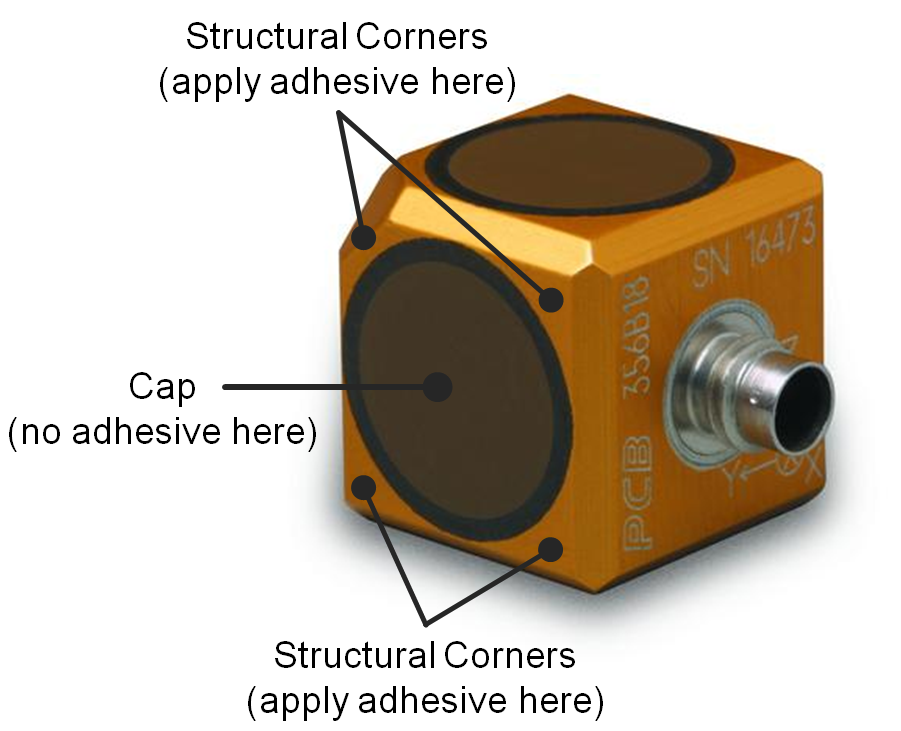Main Menu
- Home
- Product Finder
- Calibration Systems
- Calibration Services
- Digital Sensing
- Industrial Vibration Calibration
- Modal and Vibration Testing
- Non-Destructive Testing
- Sound & Vibration Rental Program
- Learn
- About Us
- Contact Us
A popular form factor for piezoelectric accelerometers is the integral triaxial accelerometer. Triaxial accelerometers are actually 3 distinct accelerometers mounted in the orthogonal X, Y, and Z directions. Integrated packaging brings all 3 accelerometers into a single cube with a single cable harness and overall 3–to–1 reduction in cabling. While on the surface this may seem trivial, it is a very practical advantage to anyone performing multichannel vibration testing. Multichannel vibration testing is common in the product development cycle in the automotive, aerospace, consumer appliance, and durable goods industries. These are industries where sound and vibration quality has moved to the forefront of marketability and customer preferences.
In addition to the reduction in cabling, the cubic geometry of the accelerometer package provides a practical and versatile mounting to five of the six surface of the cubic accelerometer. The sixth side of the cube is used for the cable connector making it unavailable for mounting. This allows for convenient transducer mounting and cable routing on the structure under test regardless of the required location or orientation of the sensor on the structure. However, when mounting the sensor directly with adhesive to one of the five usable surfaces, one must be mindful of the welded “cap” to the sensor element. This is a critical detail whether mounting the sensor in the calibration lab to a shaker and when mounting the sensor to a test structure.

As the above image shows, adhesive should be applied only to the corners of the triaxial cube rather than to the cap. Bonding directly to the cap presents two distinct drawbacks: It can reduce the useable frequency response of that axis by more than 20-30% and it can result in damage to the accelerometer when the sensor is removed from the structure or calibration shaker. Many triaxial accelerometers do also have a tapped hole on one side through which the sensor can be mounted either directly to the structure or calibration shaker via a removable stud, or to an adhesive mounting base (using the stud) that is in turn glued to the structure instead of the sensor.
With the wide range sizes and measurement ranges available today along with the flexibility they offer, the cubic integral triaxial accelerometer has proven to be an excellent tool to execute multichannel vibration testing.